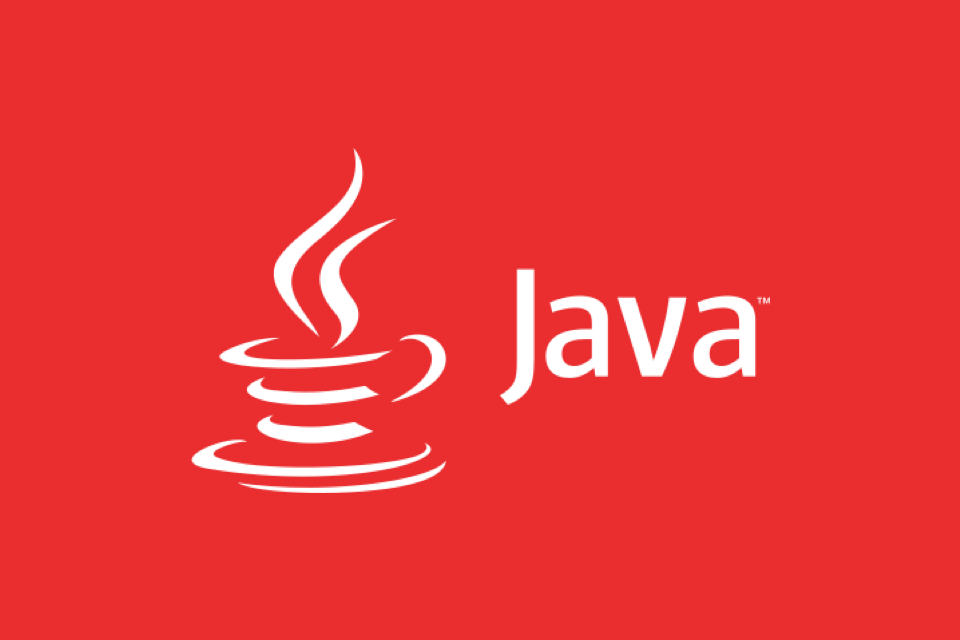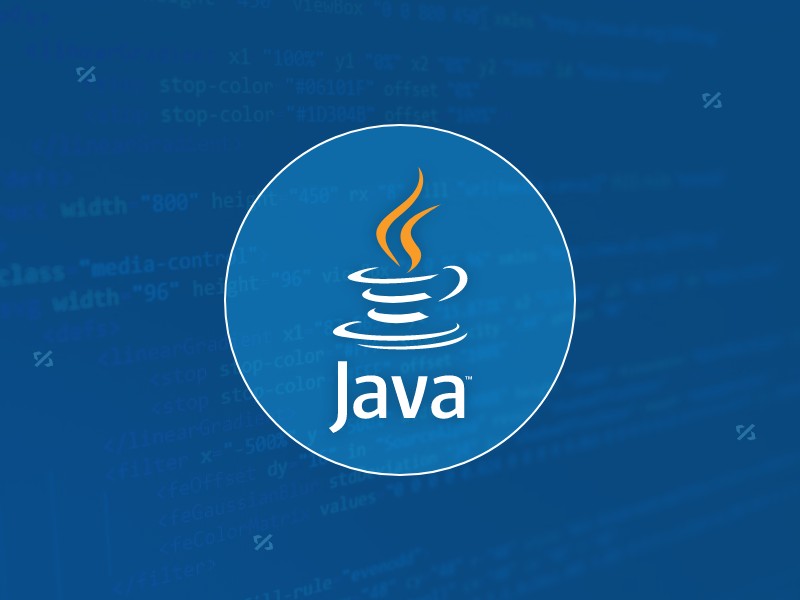How to handle serialization and deserialization in Java?
Jul 09, 2025 am 01:49 AMSerialization is the process of converting an object into a storageable or transferable format, while deserialization is the process of restoring it to an object. Implementing the Serializable interface in Java can use ObjectOutputStream and ObjectInputStream to operate. 1. The class must implement the Serializable interface; 2. All fields must be serializable or marked as transient; 3. It is recommended to manually define serialVersionUID to avoid version problems; 4. Use transient to eliminate sensitive fields; 5. Rewrite readObject/writeObject custom logic; 6. Pay attention to security, performance and compatibility issues, and use alternatives such as JSON when necessary. Mastering these key points can effectively improve the efficiency of Java serialization and deserialization.

Handling serialization and deserialization in Java is not complicated, but to really use it well, you have to pay attention to a lot of details. Java provides native support, but there are some common pitfalls that need attention.

What are serialization and deserialization?
Simply put, serialization is to turn objects into formats that can be stored or transferred, such as byte streams; while deserialization is to turn this process in reverse and reconstruct the original object.

In Java, you only need to make your class implement the Serializable interface, and you can use ObjectOutputStream and ObjectInputStream to perform serialization and deserialization operations.
How to do serialization correctly?
To make a class support serialization, the first step is to make it implement the Serializable interface:

public class User implements Serializable {
private String name;
private int age;
//Construction method, getter, setter, etc.}Then you can write to the object like this:
try (ObjectOutputStream out = new ObjectOutputStream(new FileOutputStream("user.ser"))) {
User user = new User("Alice", 30);
out.writeObject(user);
}It's very similar when reading:
try (ObjectInputStream in = new ObjectInputStream(new FileInputStream("user.ser"))) {
User user = (User) in.readObject();
}This may seem simple, but there are a few things to note:
- If the class does not implement
Serializable, an exception will be thrown. - All fields that need to be serialized must be serializable, otherwise they will either be marked as
transientor they will implementSerializablethemselves. - It is recommended to manually define
serialVersionUID, otherwise the default generated may fail to deserialize due to changes in the class structure.
Use transient keywords to control serialization of content
There are some fields you may not want to be saved, such as sensitive information or temporary cache. At this time, you can use the transient keyword to modify these fields:
private transient String password;
After adding this keyword, the field will not be included in the automatic serialization mechanism.
If you also need to restore the values ??of these fields during deserialization, you can consider implementing the readObject method to customize the logic:
private void readObject(ObjectInputStream in) throws IOException, ClassNotFoundException {
in.defaultReadObject();
password = "default"; // Custom recovery logic} Of course, you can also rewrite writeObject to control the behavior during writing.
Some notes on serialization
Although the serialization mechanism of Java is very convenient, there are still several points that are easy to ignore in actual use:
- Version compatibility issues : If the structure of the class changes (such as adding or deserializing fields), the old data may not be deserialized normally. It is recommended to explicitly declare
serialVersionUID. - Security Issues : Deserializing untrusted data can lead to security risks, especially in cases of network transmission or user input.
- Performance issues : Java native serialization is not efficient, and other solutions are recommended for performance-sensitive scenarios, such as JSON or Protocol Buffers.
In addition, if you plan to transfer objects on the network or store objects in systems like Redis, you must also confirm whether they support Java native serialization, and often you will prefer to use common formats such as JSON.
Basically that's it. If you master these points, Java serialization and deserialization will be easy to use.
The above is the detailed content of How to handle serialization and deserialization in Java?. For more information, please follow other related articles on the PHP Chinese website!

Hot AI Tools

Undress AI Tool
Undress images for free

Undresser.AI Undress
AI-powered app for creating realistic nude photos

AI Clothes Remover
Online AI tool for removing clothes from photos.

Clothoff.io
AI clothes remover

Video Face Swap
Swap faces in any video effortlessly with our completely free AI face swap tool!

Hot Article

Hot Tools

Notepad++7.3.1
Easy-to-use and free code editor

SublimeText3 Chinese version
Chinese version, very easy to use

Zend Studio 13.0.1
Powerful PHP integrated development environment

Dreamweaver CS6
Visual web development tools

SublimeText3 Mac version
God-level code editing software (SublimeText3)

Hot Topics
 Selecting Specific Columns | Performance Optimization
Jun 27, 2025 pm 05:46 PM
Selecting Specific Columns | Performance Optimization
Jun 27, 2025 pm 05:46 PM
Selectingonlyneededcolumnsimprovesperformancebyreducingresourceusage.1.Fetchingallcolumnsincreasesmemory,network,andprocessingoverhead.2.Unnecessarydataretrievalpreventseffectiveindexuse,raisesdiskI/O,andslowsqueryexecution.3.Tooptimize,identifyrequi
 What is the `enum` type in Java?
Jul 02, 2025 am 01:31 AM
What is the `enum` type in Java?
Jul 02, 2025 am 01:31 AM
Enums in Java are special classes that represent fixed number of constant values. 1. Use the enum keyword definition; 2. Each enum value is a public static final instance of the enum type; 3. It can include fields, constructors and methods to add behavior to each constant; 4. It can be used in switch statements, supports direct comparison, and provides built-in methods such as name(), ordinal(), values() and valueOf(); 5. Enumeration can improve the type safety, readability and flexibility of the code, and is suitable for limited collection scenarios such as status codes, colors or week.
 What is the JDK?
Jun 25, 2025 pm 04:05 PM
What is the JDK?
Jun 25, 2025 pm 04:05 PM
JDK (JavaDevelopmentKit) is a software development environment for developing Java applications and applets. It contains tools and libraries required to compile, debug and run Java programs. Its core components include Java compiler (javac), Java runtime environment (JRE), Java interpreter (java), debugger (jdb), document generation tools (javadoc) and packaging tools (such as jar and jmod). Developers need JDK to write, compile Java code and develop with the help of IDE; without JDK, Java applications cannot be built or modified. You can enter javac-version and java-version in the terminal
 Applying Semantic Structure with article, section, and aside in HTML
Jul 05, 2025 am 02:03 AM
Applying Semantic Structure with article, section, and aside in HTML
Jul 05, 2025 am 02:03 AM
The rational use of semantic tags in HTML can improve page structure clarity, accessibility and SEO effects. 1. Used for independent content blocks, such as blog posts or comments, it must be self-contained; 2. Used for classification related content, usually including titles, and is suitable for different modules of the page; 3. Used for auxiliary information related to the main content but not core, such as sidebar recommendations or author profiles. In actual development, labels should be combined and other, avoid excessive nesting, keep the structure simple, and verify the rationality of the structure through developer tools.
 VSCode debugger for Java setup guide
Jul 01, 2025 am 12:22 AM
VSCode debugger for Java setup guide
Jul 01, 2025 am 12:22 AM
The key steps in configuring the Java debugging environment on VSCode include: 1. Install JDK and verify; 2. Install JavaExtensionPack and DebuggerforJava plug-in; 3. Create and configure the launch.json file, specify mainClass and projectName; 4. Set up the correct project structure to ensure the source code path and compilation output are correct; 5. Use debugging techniques such as Watch, F8/F10/F11 shortcut keys and methods to deal with common problems such as class not found or JVM attachment failure.
 XML rules: Common errors to avoid
Jun 22, 2025 am 12:09 AM
XML rules: Common errors to avoid
Jun 22, 2025 am 12:09 AM
Methods to avoid XML errors include: 1. Ensure that the elements are nested correctly, 2. Escape special characters. Correct nesting avoids parsing errors, while escape characters prevent document corruption, using an XML editor can help maintain structural integrity.
 How do I set up VS Code for Java development?
Jun 29, 2025 am 12:23 AM
How do I set up VS Code for Java development?
Jun 29, 2025 am 12:23 AM
To use VSCode for Java development, you need to install the necessary extensions, configure the JDK and set up the workspace. 1. Install JavaExtensionPack, including language support, debugging integration, build tools and code completion functions; optional JavaTestRunner or SpringBoot extension package. 2. Install at least JDK17 and verify through java-version and javac-version; set the JAVA_HOME environment variable, or switch multiple JDKs in the status bar at the bottom of VSCode. 3. After opening the project folder, make sure the project structure is correct and enable automatic saving, adjust the formatting rules, enable code checking, and configure the compilation task to optimize the opening.
 Windows search bar not typing
Jul 02, 2025 am 10:55 AM
Windows search bar not typing
Jul 02, 2025 am 10:55 AM
When the Windows search bar cannot enter text, common solutions are: 1. Restart the Explorer or computer, open the Task Manager to restart the "Windows Explorer" process, or restart the device directly; 2. Switch or uninstall the input method, try to use the English input method or Microsoft's own input method to eliminate third-party input method conflicts; 3. Run the system file check tool, execute the sfc/scannow command in the command prompt to repair the system files; 4. Reset or rebuild the search index, and rebuild it through the "Index Options" in the "Control Panel". Usually, we start with simple steps first, and most problems can be solved step by step.






